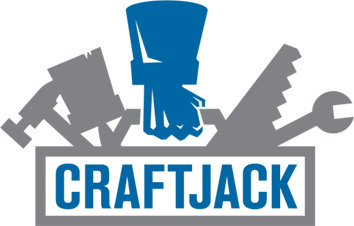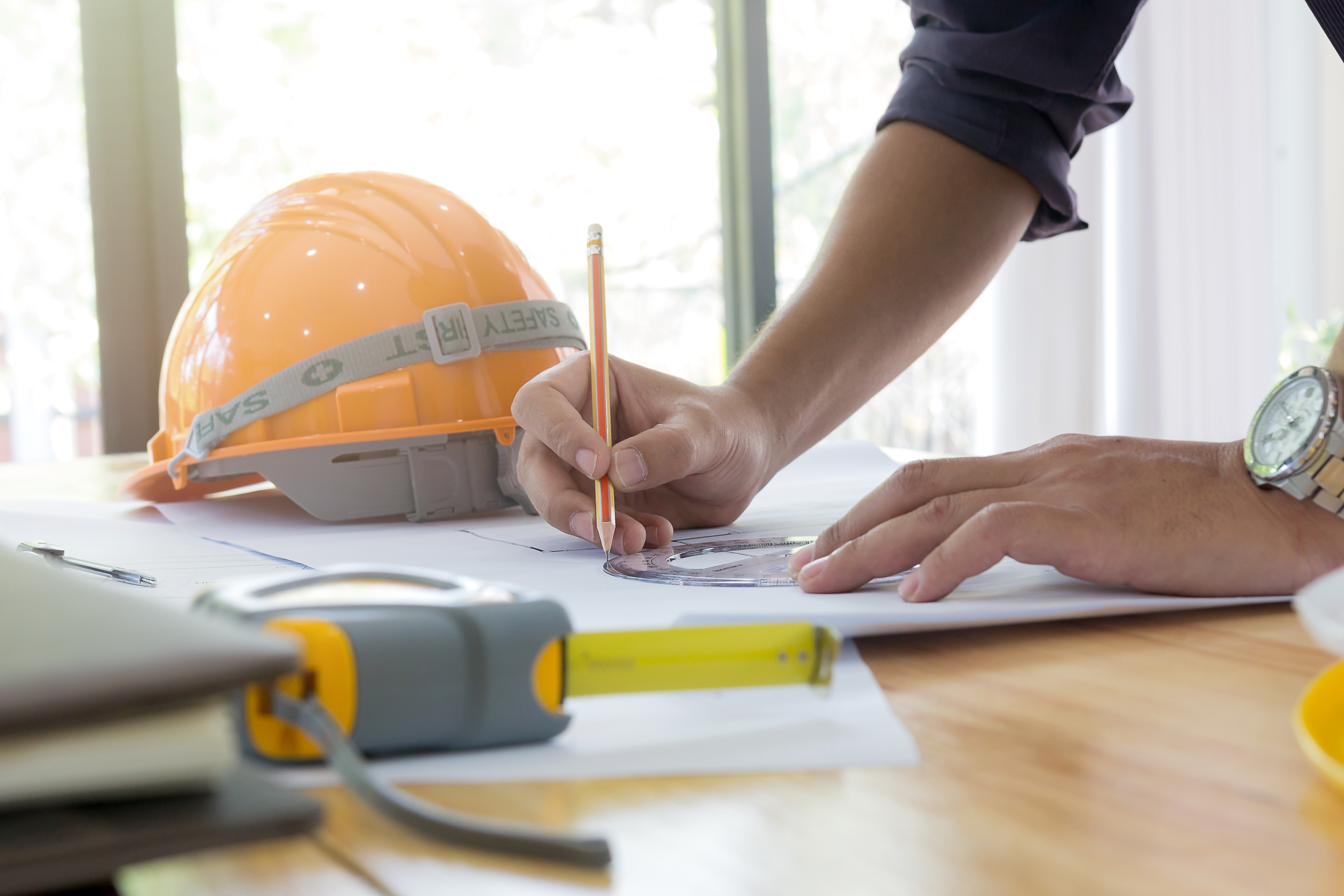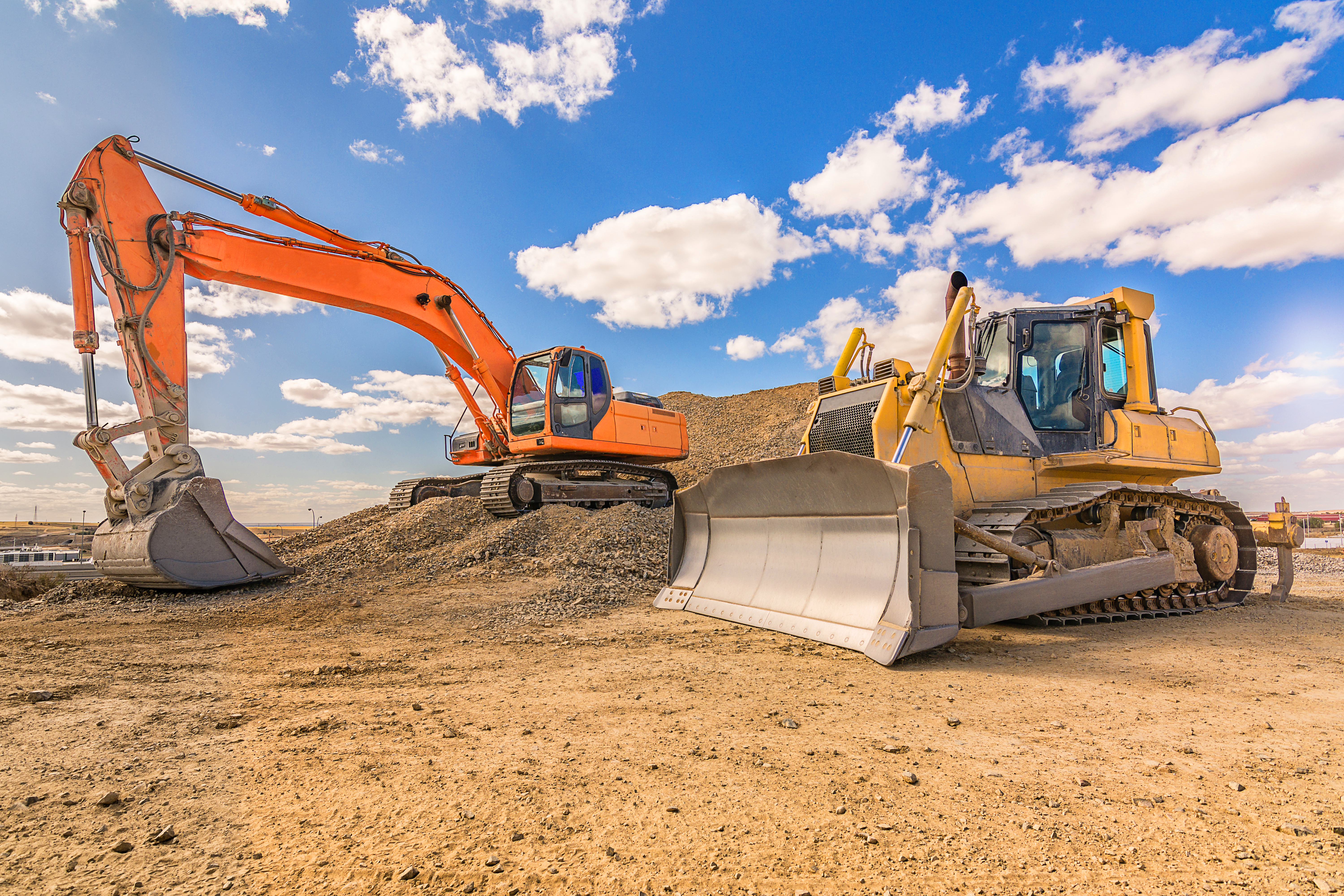How to Estimate Construction Costs | CraftJack
Discover how to estimate construction costs to keep customers happy while maintaining a profitable and competitive business. Learn more from CraftJack.
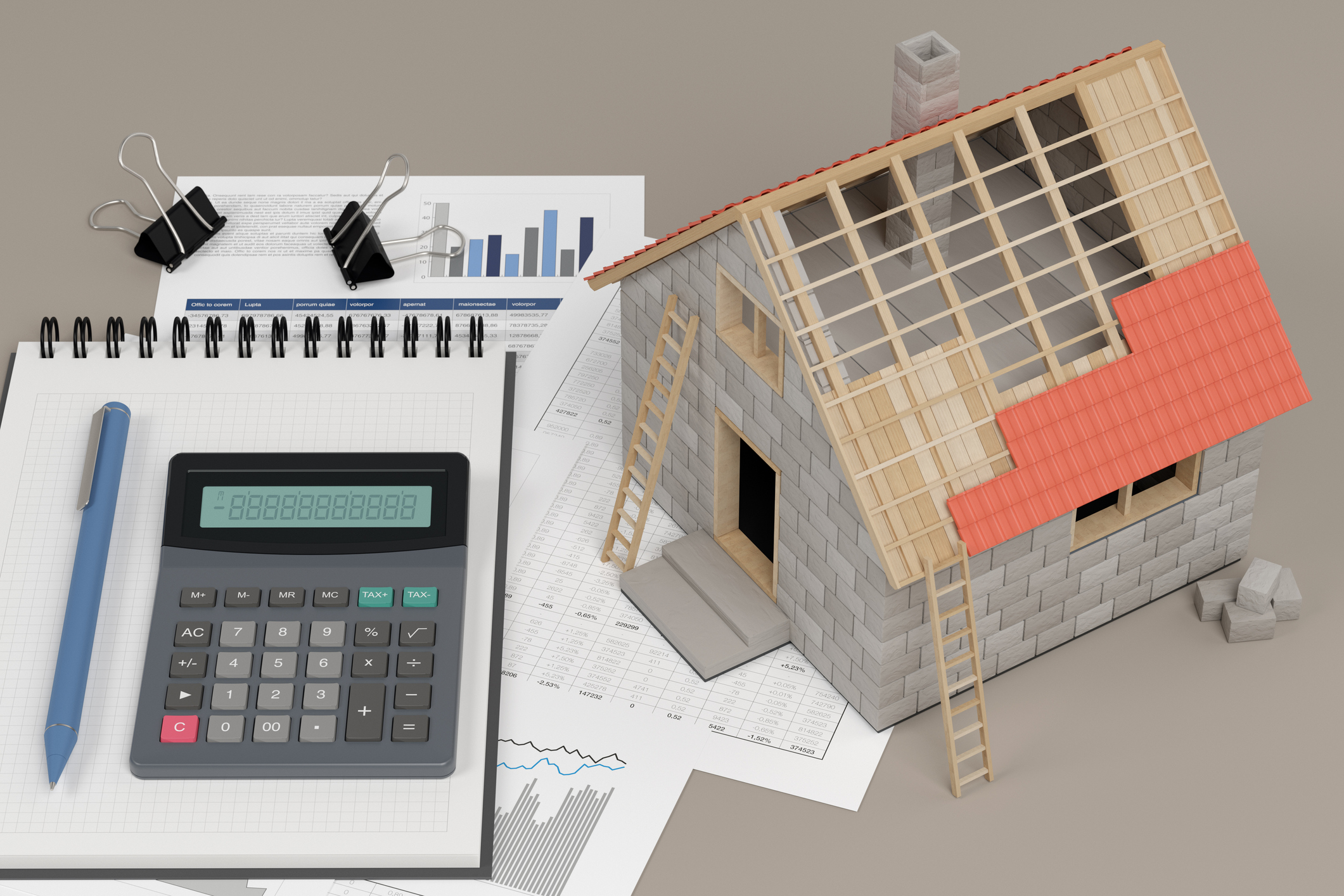
A meticulously accurate costing structure lies at the heart of every successful construction business. Profit margins can be super-tight, and as a business owner, it's your responsibility to understand each element that impacts financial outcomes in granular detail.
Cost estimates determine whether you're able to win bids, complete projects, and make a profit, and they help keep your budget on track. Keep reading to learn everything you need to know about how to estimate construction costs.
Looking to grow your construction business? Sign up with CraftJack today and get high-quality leads delivered to your phone.
What Is Construction Cost Estimating?
Construction cost estimating helps builders and companies understand whether a project is financially viable and forms the foundation of a bid. It involves systematically forecasting the exact costs of a project, how much time you'll spend completing it, and its overall scope. It's imperative that estimates are as unbiased as possible and that no stone is left unturned when it comes to potential costs.
Because elements such as materials and design are so variable in price, there's always room for scope modifications after the initial estimate. For example, if costs are too high, you might go back to your suppliers and ask for discounts or find new vendors with lower prices.
Types of Construction Costs
A construction cost estimate should account for every dime to be spent completing a job. Direct costs include labor, equipment, and materials, while indirect costs include taxes, utilities, and rent.
The biggest construction costs are:
- Quantity takeoff: An exhaustive list of every material required to complete the job, including accurate counts, measurements, and prices.
- Labor: As with most businesses, labor is one of the biggest expenses for a construction business, and it's crucial that you get it right in your estimate. Be sure to factor in contingencies for variables such as pay increases and seasonal changes.
Other costs may include:
- Land acquisition
- Architectural and engineering designs
- Field supervision
- Inspection and testing
- Taxes and insurance
- Maintenance and repairs
- Preparation of the cost estimate
How to Estimate Construction Costs
The first step in producing an accurate construction estimate is to gather all relevant documents, including invoices, pricing catalogs, measurements, drawings, construction specs, bond forms, features, and finishes. In other words, you need to know the technical specifications of the project inside and out.
1. Site Assessment
Construction contractors should always conduct a site visit before they finalize an estimate or submit a bid. Although drawings and photographs are essential to the process, you'll always get a superior understanding of the site by seeing it in person. By visiting the site, you learn about variables that may not be visible otherwise. These might include where utilities and access points are located — and how the building's layout, location, or systems could add complexity to the job.
2. Quantity Takeoff
Apply your accounting skills and add up the value of every item you'll use to complete a job and how much it costs. Once the takeoff is complete, you have a full list of every construction cost that you can use to negotiate with vendors and suppliers. Keep in mind that the quantity takeoff doesn't include the cost of permits, labor, or overhead.
3. Supplier Prices
Now that you know exactly how much you need and have an idea of how much you plan to spend, you can contact your suppliers for definitive prices. Be sure to take into account ways to minimize waste, using bulk purchasing to save money and making sure quotes will still be valid once you win the job and need to place an order. Build this concrete pricing information into your construction estimate and then move on to calculating other costs.
4. Labor
Once you've worked out what you'll use to complete the project, it's time to forecast the staff you need to complete the labor involved. Think about which roles to employ, how many hours' work they'll do, and how productive they're likely to be.
Remember that it's not just the hourly labor cost you need to work out and account for:
- Taxes
- Insurance
- Vacation leave
- Sick leave
- Retirement contributions
- Insurance
5. Bonding and Insurance
Bonding and insurance demonstrate your trustworthiness to clients and mitigate risk for your business in case of legal challenges. Costs to account for include:
- General liability insurance
- Professional liability insurance
- Builder's risk insurance
- Commercial auto insurance
You should also include any bonds you must pay, including performance bonds, payment bonds, and bid bonds.
6. Overhead Expenses and Indirect Costs
In addition to costs that are directly associated with completing a job, you need to account for what you spend running your construction business day-to-day and any indirect field costs. This could include:
- Temporary offices
- Building permits
- Cleaning services
- Subcontractors
- Equipment fuel, depreciation, maintenance, insurance, and taxes
- Software subscriptions
7. Contingency and Profit Margin
Now that you've documented the total of every construction cost, you need to adjust the estimate for contingency and profit margin. Contingency is your buffer in case of unexpected waste or disruptions, and the profit is the money that goes into your pocket or gets invested back into your construction business. Most construction operators add between 5% and 10% for contingency, while profit margins can vary significantly depending on your company's objectives and market positioning.
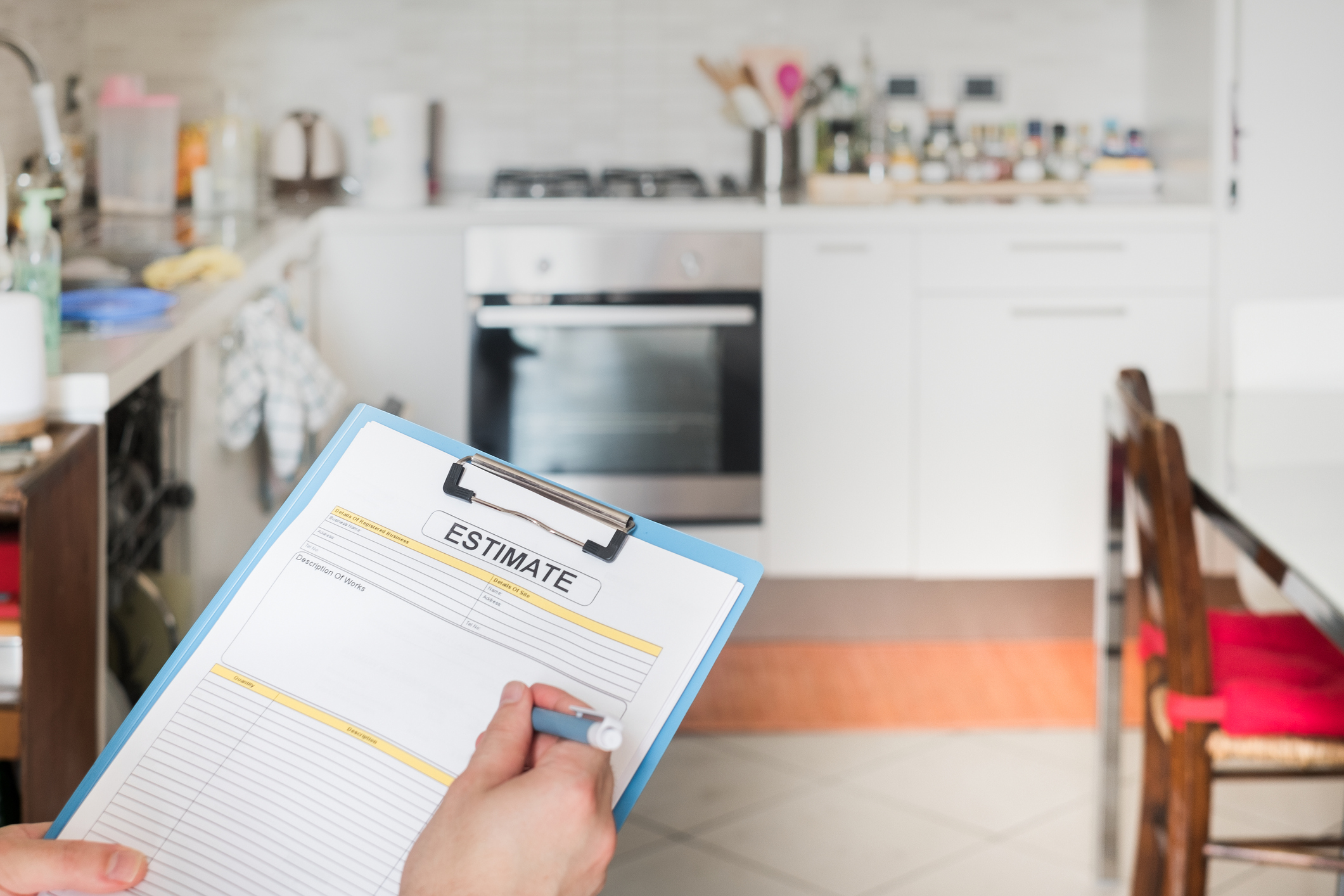
Cost Estimate Techniques for Construction Projects
Construction professionals use a number of well-known techniques to generate accurate cost estimates. There are five methods experts agree are the most effective, and if and how you use them depends on the size and scope of the project. For example, if you're doing a simple job, you won't need to use all five techniques as you would on a larger, more complex project that demands pinpoint accuracy.
- Order of magnitude: This is done before a job is conceived and aims to assess if the project is worth looking into further. The process typically takes between 1 and 4 hours and relies mainly on educated guesses, historical data, and judgment.
- Feasibility: A feasibility estimate takes into account the order of magnitude and builds on it. It can take up to 24 hours to produce and leans toward slightly overestimating anticipated construction costs.
- Preliminary: A preliminary estimate is mainly used to guide decisions around best practices for the job and requires a higher level of accuracy than a feasibility estimate. It takes up to 100 hours to complete and includes elements such as a quantity takeoff and the exact number of labor hours required.
- Substantive: A substantive estimate is the most common type used for larger projects. It includes a complete breakdown of costs and should take up to 200 hours to complete. It includes a complete work breakdown, and materials and labor are stringently calculated.
- Definitive: The definitive estimate is prepared based on agreed costs, and it's typically produced after you start work on a job. You'd usually only use this type of estimate for project control, dispute management, and performance evaluation purposes.
Challenges of Construction Cost Estimating
There are numerous challenges associated with construction cost estimating, and a major one is accuracy. To produce an accurate estimate, you must spend the necessary time taking measurements, negotiating with suppliers, and doing the math. Variable factors such as market shifts, issues with the labor force, and availability of materials must all be taken into account, with contingency plans in place.
Another key challenge is not to underestimate to appease a client or because it makes your life easier at the time. Underestimating costs can lead to huge problems down the road and adversely affect your cash flow or prevent the job from getting completed at all.
Last but not least is timing. Not only can it be a struggle to find the time to produce an estimate with the required detail, but guessing how long a job will take is extremely challenging. That's why it's important to conduct preliminary site visits and get a firsthand idea of the potential setbacks and risks that could add delays.
External Factors Impacting Construction Cost Estimation
Every job is unique, so historical data and experience can only go so far when producing a construction cost estimate. However, by being thorough and accounting for variables, you can create highly accurate forecasts. Factors to keep in mind include:
- Geographical issues such as soil drainage, wind conditions, rainfall, and soil topography City and/or state regulations, which can vary depending on the type of site involved
- Material and labor costs, which can change quickly and have a significant impact on a job's outcome
The potential for changes occurring during a construction project means it's essential to have a contingency buffer in place.
Long-Term Strategy to Estimate Construction Costs
Implementing an overarching strategy for cost estimation can help you and your team create proposals and bids. You can use the following six-step long-term strategy to guide how you approach estimating construction costs.
1. Be Accurate
It's impossible to overemphasize the importance of accuracy when it comes to estimating construction costs. Any mistakes or oversights during this crucial stage could cost you dearly down the line, so accuracy should underpin every element of your estimating strategy. Using estimation software can help reduce the risk of human error and speed up the estimation process by automating measurements and calculations.
2. Communicate
Communication with every stakeholder is crucial, from the order of magnitude stage until the job is complete. Implement best practices around access to key documents and drawings and ensure there are several channels of communication between you, your suppliers, and any other companies or contractors you're collaborating with. Everyone involved must be working from the same foundation to prevent discrepancies while the job is underway.
Communication is also a crucial skill for negotiating prices with vendors and winning bids, and it helps you build long-standing relationships with suppliers and clients.
3. Plan and Prepare
No one likes to think about what could potentially go wrong, but it's imperative to produce an accurate estimate. Ensure you have a risk-assessment procedure in place so plenty of time is spent accounting for variables that could alter a job's cost or complexity. Taking the time to carefully plan how much each element of a project will cost and how long each one will take to complete is the only way to defend against unforeseen setbacks later.
4. Be an Excellent Recruiter
Building a reliable team of people who show up to work on time, work hard, and have great attitudes is essential for making a profit as a construction company. That means defining company culture and values and having an HR strategy to make sure onboarding and training are sufficient. Aim to fill roles with a mix of experienced multitaskers and enthusiastic junior team members so you can get the maximum amount of work done with the minimum labor spend.
5. Repair Instead of Replace
Build cost-saving measures into your construction estimation strategy to make sure you're doing your part to keep profit margins high. A great way to do this is by scheduling regular maintenance for equipment and repairing broken tools instead of replacing them.
6. Keep Track of Materials
Keeping track of construction materials can be a challenge, but it's a vital element of your cost estimation strategy. If you don't implement and maintain a sign-in and -out procedure to account for tools and equipment, items will go missing and need replacement more often, driving up costs unnecessarily.
Lead Generation That Saves You Time
Now that you've learned how to estimate construction costs like a pro, it's time to implement that knowledge out in the field. Marketing can feel like an uphill battle when you're trying to run a business strategically, but there are tools and resources you can use to simplify and automate the process of finding quality leads.
Spend more time building strategies for success and let CraftJack send you phone-qualified, high-quality leads in your area. Sign up today.
